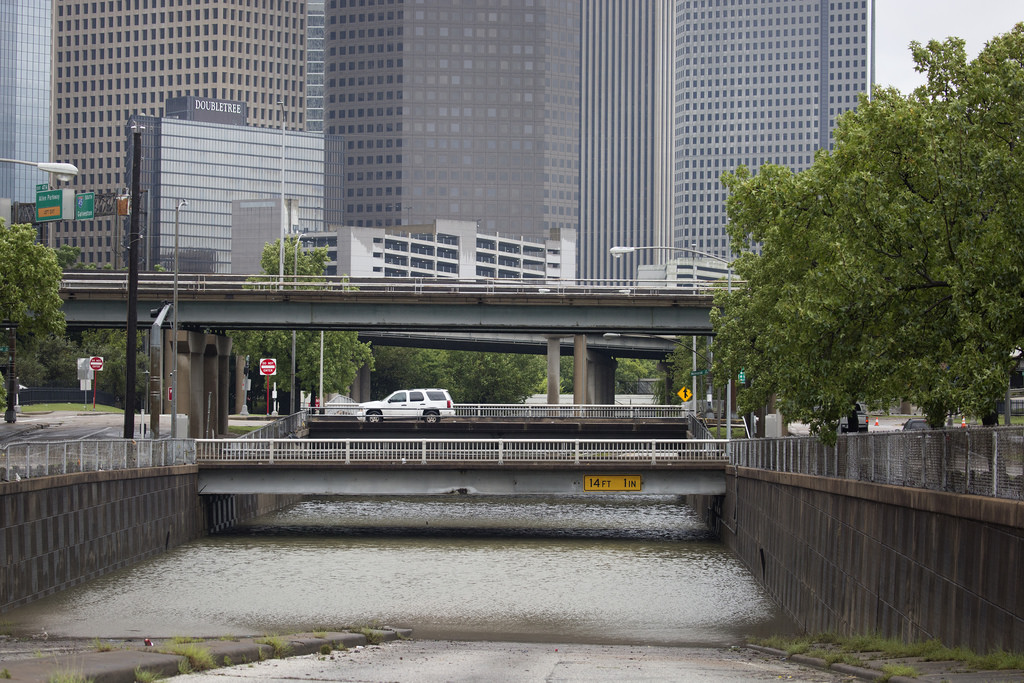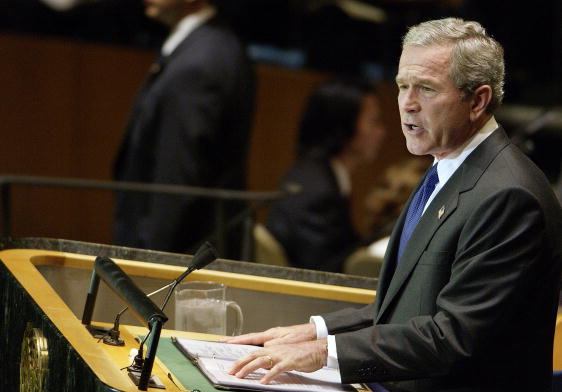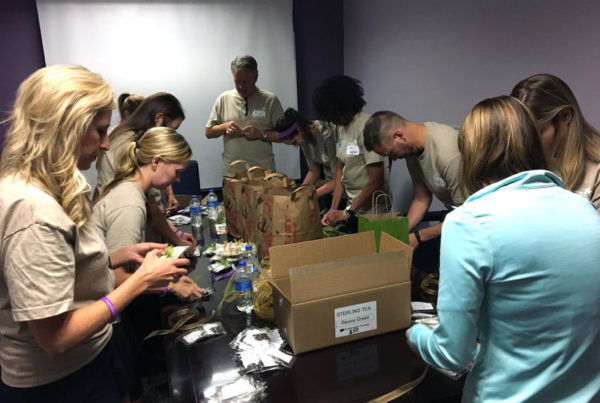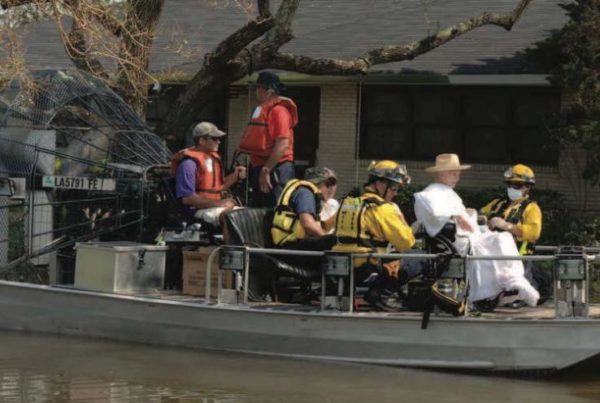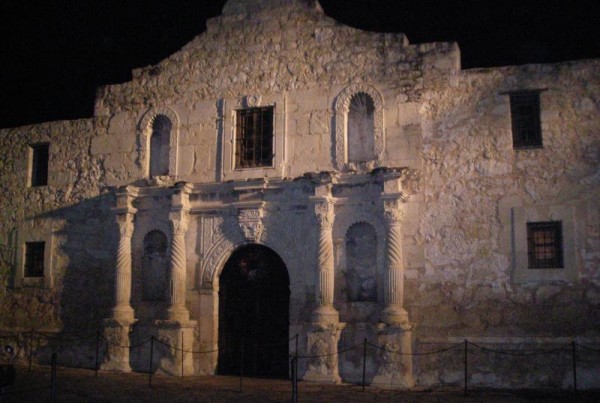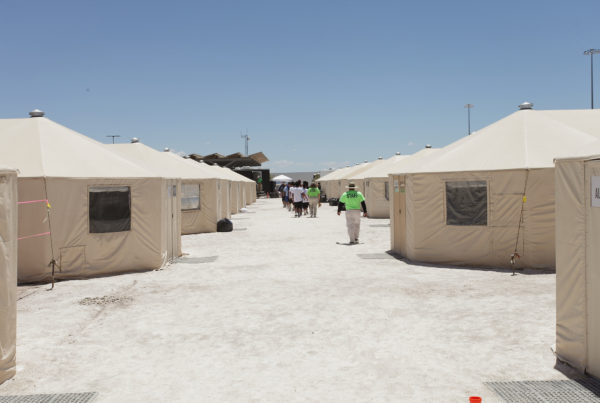Texas’ director of emergency management faced a state legislative committee Wednesday. Nim Kidd told state lawmakers the Federal Emergency Management Agency has funded less than one percent of infrastructure projects, including bridges and roads, for cities rebuilding after Hurricane Harvey. One of the reasons Kidd said, is the complicated process of applying for disaster relief.
Ali Mostafavi, an assistant professor in Department of Civil Engineering at Texas A&M, directs research at the department’s Urban Resilience Lab,which specializes in studying challenges in the human response to disasters, and infrastructure systems.
“[The FEMA applicatication] is a complicated process,” Mostafavi says. “The process requires cities and counties to evaluate the level of damage due to a specific event like Harvey, and evaluate the extent of the damages for that specific event.”
The application requires significant documentation to evaluate pre-disaster conditions, post-disaster conditions and funding requirements.
“Imagine if a bridge had a scour before Harvey and due to flooding and rain because of Harvey, the scouring got worse,” Mostafavi says. “The process is designed in a way that cities and counties get reimbursed only for that portion of scouring that was caused by Harvey… No additional improvements are allowed under the current process.”
Before any money is allocated, the evaluation process and paperwork must be submitted, but it doesn’t have to work this way.
“States could step up and take responsibility of distributing the money,” Mostafavi says. “If later on those repairs are made and improvement projects are implemented and it was determined the funding was not utilized properly, then it is the state’s responsibility to pay back or reimburse the money to the federal government.”
According to Mostafavi’s research, the FEMA process is not moving any more slowly than it did during prior disasters.
“The amount [of] documents [FEMA employees] need to read and approve is significant,” Mostafavi says. “The number of staff and resources available and number of disasters they saw last hurricane season, this increases the workload…I don’t think we need to overhaul the entire system, but I think there’s significant room for improvements.”
Written by Brooke Vincent.


